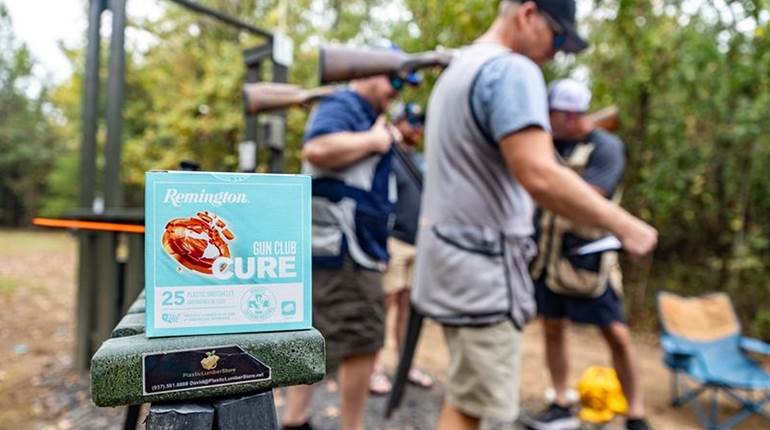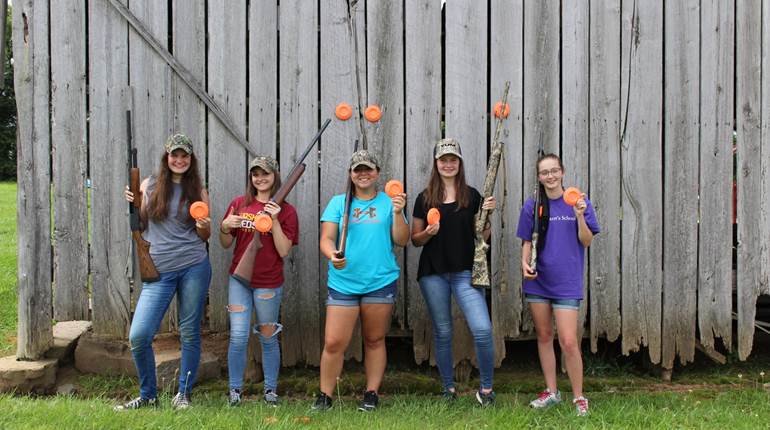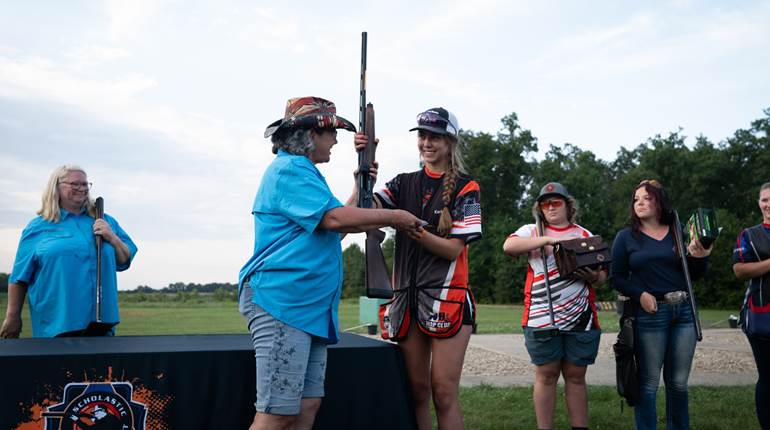
Image copyright Guy Sagi
I traveled to Rogers, Ark., over the July 4 holiday, as I have done for most of the last decade or so, to cover the Daisy National BB Gun Championship Match. Watching kids punch paper with BBs at five meters, indoors, probably isn’t your idea of a traditional Independence Day celebration, but I find the event and people there inspirational. Daisy staff has it down to a science after 52 years and probably did during the inaugural event, but—unlike some other match directors/organizers that’ll remain nameless—they’re also willing to evolve.
Don’t get me wrong. Daisy still has a long way to go, but in a sport that doesn’t exactly have a reputation for spectator draws, it’s making moves in the right direction.
Good reporters dig deep enough to find each participant’s story, when they’re willing to share and not on the firing line. In Arkansas, I’ve learned how the concentration required for good marksmanship helps in school, how a grandfather customized a competition gun for a shooter with physical challenges, soccer mom conversions and why a reluctant coach who signed up for a year is still around after 35.
It’s great, perfect, in fact, until you need photos and videos. You know, the stuff folks share on social media, spreading the news and attracting new shooters when they click on an image and read a little about the match. Over-the-shoulder and behind-the-back firing line photos are great advertising for hairstyle salons, but they aren’t real effective at getting newbies behind the trigger.
It’s time to evolve, and we don’t need to change the rules or violate safety commandments, either. Many of today’s cameras can be set up downrange—where no one is allowed when the range is hot—to take photos facing the shooter during a competition. NRA Publications started doing that about 10 years ago.
I have Sony and GoPro models that allow me to see through the lens on my smartphone from the safety of the stands. Daisy lets me run them during practice days, but the foreign objects downrange during competition are verboten. The latter blinks a red light (that shows even around duct tape) when waiting for me to hit the shutter, so it’s a good rule. There wasn’t enough time to get my new, flat-black, blink-free, Wifi-enabled Sony approved this year. I place the units on a tabletop tripod, using the range lights as “cover,” so I’m betting that’ll be different in 2018.
Those wide-angle lenses, unfortunately, often make the range look every bit as curved as the earth is when seen from space. Plus, the shooter usually isn’t smiling when they’re concentrating on their sight picture or visualizing that next bullseye.
After-match photos are critical for that reason. You get to see the person’s smiling face and most of the gun, not cheek weld and muzzle. No, it doesn’t show any action, but grandpas, grandpas, nieces, nephews, boyfriends, girlfriends, moms, dads and work/classmates will like and share the image, spreading the news and increasing audience.
Getting them done without disqualifying the “model,” though, requires chief range officer approval, oversight of another range officer, strict muzzle-direction control, checking the firearm used in the photo (yet again, sorry), trigger finger discipline and designation of a spot on the range for a few minutes at a time when everyone wants to break down and go home. And you also need a designated target/stage or background that’ll look nice. Sounds overwhelming, but match directors know it’s just an extra order, one or two volunteers with 15 minutes to spare and a breakdown schedule that leaves that area for last.
Daisy’s evolution proves it’s possible to harness modern technology and increase audience without breaking a single safety rule, which begs an interesting question. If an organization with a 52-year legacy that doesn’t really need any improvement—they had a record number of teams this year, after all—isn’t it time all the other paper-punchers follow suit?





































